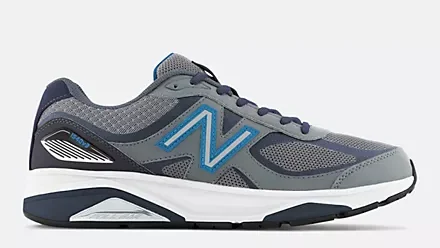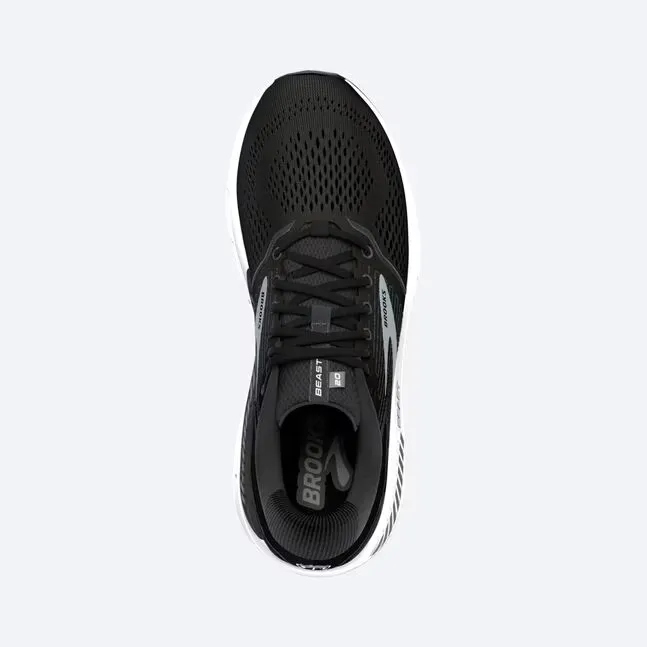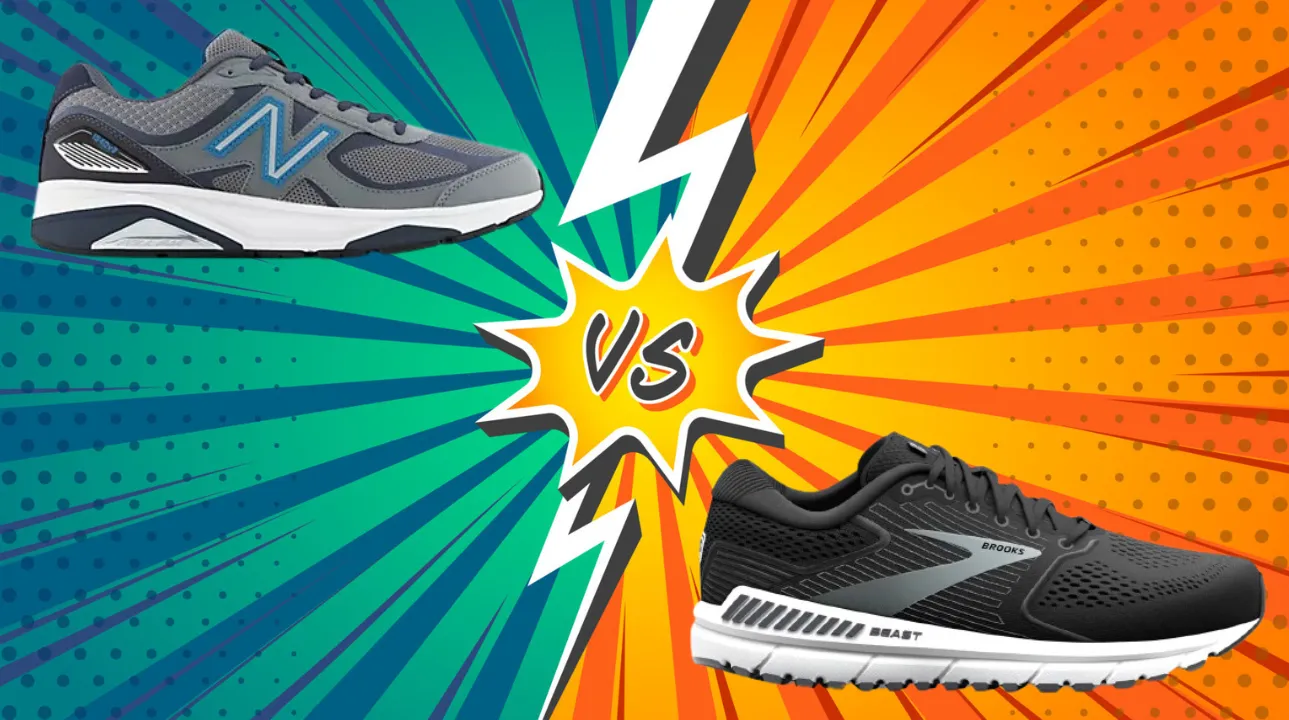If you’re a runner or someone who spends a lot of time on their feet, finding the right pair of shoes can make a world of difference in terms of comfort, support, and injury prevention. Two popular options in the stability shoe category are the New Balance 1540v3 and the Brooks Beast ’20.
Both shoes are designed to provide maximum support and cushioning for overpronators or those with flat feet, but they differ in several key aspects. In this detailed comparison, we’ll dive deep into the features, materials, performance, and value of each shoe to help you determine which one is the better choice for your needs.
Comparison Table between New Balance 1540v3 and Brooks Beast ’20:
| Feature | New Balance 1540v3 | Brooks Beast ’20 |
|---|---|---|
| Launched In | 2020 | 2020 |
| Stability | High | High |
| Flexibility | Moderate | Moderate |
| Sizing | True to Size | True to Size |
| Weight | 14.9 oz (423g) | 11.7 oz (331.7g) |
| Cushion | Dual-Layer Performance Foam | BioMoGo DNA and DNA Loft Cushioning |
| Outsole | Rubber | HPR Plus |
| Midsole | ENCAP, Rollbar | BioMoGo DNA, DNA Loft |
| Upper | Engineered Mesh | Engineered Mesh |
| Retail Price | $179.99 | $160 |
Features Comparison:
Material: Outsole, Insole, Upper
The New Balance 1540v3 features a durable rubber outsole designed for traction and durability.
The midsole utilizes ENCAP and Rollbar technologies, providing superior stability and motion control for overpronators. The upper is made of engineered mesh for breathability and a secure fit.


On the other hand, the Brooks Beast ’20 boasts an HPR Plus outsole for enhanced durability and traction.
The midsole incorporates BioMoGo DNA and DNA Loft cushioning systems, which adapt to your stride and provide a responsive, cushioned ride. Like the 1540v3, the Beast ’20 also features an engineered mesh upper for breathability and a snug fit.
Durability:
Both shoes are designed to withstand the rigors of regular use, but the New Balance 1540v3 may have a slight edge in durability due to its robust construction and premium materials.
The dual-layer performance foam midsole and rubber outsole are built to last, while the Brooks Beast ’20’s cushioning systems may compress over time, reducing their effectiveness.
Fit:
Both shoes are true to size, but the Brooks Beast ’20 may offer a more accommodating fit for those with wider feet or bunions.


The engineered mesh upper is designed to stretch and conform to the shape of your foot, providing a snug yet comfortable fit.
Cushioning:
When it comes to cushioning, the Brooks Beast ’20 takes the lead with its BioMoGo DNA and DNA Loft cushioning systems.
These technologies adapt to your stride and provide a smooth, responsive ride, making the Beast ’20 an excellent choice for those seeking maximum cushioning.
Stability:
Both shoes excel in the stability department, but the New Balance 1540v3 may have a slight edge with its ENCAP and Rollbar technologies. These features work together to provide superior stability and motion control, making the 1540v3 an ideal choice for overpronators or those with flat feet.
Value for Money:
In terms of value for money, the Brooks Beast ’20 comes out on top with its lower price point of $160, compared to the $179.99 price tag of the New Balance 1540v3. However, the 1540v3’s premium materials and construction may justify the higher cost for some runners.
Performance comparison:
For Walking:
Both the New Balance 1540v3 and the Brooks Beast ’20 are excellent choices for walking. The cushioning systems in each shoe provide ample shock absorption and comfort, reducing the impact on your joints.
However, the Brooks Beast ’20 may have a slight edge due to its lightweight construction and responsive cushioning, making it a more comfortable option for extended periods of walking.
For Running:
When it comes to running, the New Balance 1540v3 shines with its superior stability features. The ENCAP and Rollbar technologies provide excellent motion control, which is crucial for overpronators or those with flat feet.
The dual-layer performance foam midsole also offers a smooth ride and adequate cushioning for longer runs.
For Standing All Day:
If you’re on your feet for extended periods, both shoes can provide the necessary support and cushioning.
However, the Brooks Beast ’20 may be the better choice due to its plush BioMoGo DNA and DNA Loft cushioning systems, which adapt to your movements and offer a more responsive, comfortable feel throughout the day.
For Plantar Fasciitis:
Plantar fasciitis is a common condition that causes heel pain, and both the New Balance 1540v3 and the Brooks Beast ’20 can help alleviate symptoms.
The New Balance 1540v3 has received the Seal of Acceptance from the American Podiatric Medical Association (APMA), indicating its effectiveness in treating foot-related conditions. The Brooks Beast ’20 also offers ample cushioning and support, which can help reduce strain on the plantar fascia.
Conclusion:
Both the New Balance 1540v3 and the Brooks Beast ’20 are excellent stability shoes, but the choice ultimately comes down to your specific needs and preferences.
If you’re an overpronator or have flat feet and prioritize maximum stability and motion control, the New Balance 1540v3 with its ENCAP and Rollbar technologies may be the better option.
However, if you value cushioning and a responsive ride, the Brooks Beast ’20 with its BioMoGo DNA and DNA Loft cushioning systems could be the way to go. Consider factors like weight, durability, and value for money as well, and try on both shoes if possible to determine the best fit for your feet.

